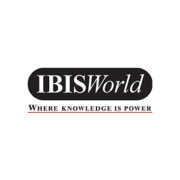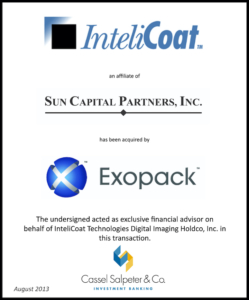SafeStitch Medical Announces Definitive Agreement to Merge with TransEnterix
SafeStitch Medical, Inc. (OTCBB: SFES), today announced that it has entered into a definitive agreement to merge with TransEnterix, Inc., a privately-held, medical device company with advanced technology in the use of flexible devices and robotics for minimally invasive surgery.
Commenting on the merger, Dr. Jane Hsiao, Chairwoman of SafeStitch Medical stated, “We are excited about the breadth of the management team of TransEnterix. There are compelling advantages to innovative flexible technologies and robotics for less invasive surgical interventions, such as our proprietary trans-oral device. This merger will provide greater resources to help bring the pipeline products of the combined company to market and offer our shareholders an excellent opportunity to realize significant value of their investment.”
Todd M. Pope, the existing Chief Executive Officer of TransEnterix, will become the Chief Executive Officer and a Director of the combined company. Paul LaViolette, the current Chairman of TransEnterix, will serve as Chairman of the combined company’s Board of Directors. Dr. Jane Hsiao, the current Chairwoman of SafeStitch Medical will remain a Director, and Dr. Phillip Frost, Chief Executive Officer and Chairman of OPKO Health, Inc. will join as a Director.
Mr. Pope echoed the comments, “We believe this merger will significantly enhance our ability to bring our innovative robotic surgery platform to market. Drs. Frost and Hsiao have a proven track record of driving healthcare innovation while creating significant value for shareholders. We expect the company will be at the forefront of advancements in minimally invasive surgery.”
Under the terms of the merger agreement, current shareholders of SafeStitch Medical and TransEnterix will own approximately 35% and 65% of the combined company, respectively. The Merger is expected to close in the 2013 third quarter, and is subject to customary conditions to closing as detailed in the Merger Agreement. The structure of the transaction will be in the form of a reverse triangular merger with SafeStitch Medical as the surviving corporation and will now be headquartered in the Research Triangle, North Carolina. The combined company will continue to trade on the OTCBB under the symbol SFES initially.
Perella Weinberg Partners is acting as financial advisor and Wilson Sonsini Goodrich & Rosati is acting as legal counsel to TransEnterix. Cassel Salpeter is acting as financial advisor and Greenberg Traurig is acting as legal counsel to SafeStitch Medical.
About SafeStitch Medical
Miami, Florida-based SafeStitch Medical, Inc. is a publicly traded medical device company founded in 2006. Our mission is to develop and market the best in class disposable medical devices to advance minimally invasive surgery for hernia repair, treatment of obesity and other gastroesophageal disorders. SafeStitch Medical has developed and obtained FDA approval to market the AMID Hernia Fixation Device (HFD) for both inguinal and ventral hernia repairs. The AMID HFD allows for faster mesh manipulation, mesh fixation and skin closure.
About TransEnterix
TransEnterix is a development stage medical device company that is pioneering the use of flexible instruments and robotics to improve how minimally invasive surgery is performed. TransEnterix is focused on the development and commercialization of a novel robotic-assisted surgical system.
This press release contains “forward-looking statements,” as that term is defined under the Private Securities Litigation Reform Act of 1995 (PSLRA), which statements may be identified by words such as “expects,” “plans,” “projects,” “will,” “may,” “anticipate,” “believes,” “should,” “intends,” “estimates,” and other words of similar meaning, including statements regarding our product development and commercialization efforts, benefits of combining TransEnterix and SafeStich Medical, expectations for closing the merger, and our ability to significantly improve clinical outcomes in patients, as well as other non-historical statements about our expectations, beliefs or intentions regarding our business, technologies and products, financial condition, strategies or prospects. Many factors, including those described herein and in our filings with the SEC, could cause our actual activities or results to differ materially from the activities and results anticipated in forward-looking statements. These factors include, but are not limited to: whether the merger between SafeStitch Medical and TransEnterix will be successful; whether the merger will provide greater resources to help bring the combined company’s pipeline of products, including TransEnterix’s robotic surgery platform, to market; whether the merger will provide shareholders with an excellent opportunity to realize significant value in their investment; whether Drs. Frost and Hsiao’s track record of providing healthcare innovation will create significant value for shareholders and whether that combined company will be at the forefront of advancements in minimally invasive surgery. The forward-looking statements contained in this press release speak only as of the date the statements were made, and we do not undertake any obligation to update forward-looking statements, except as required under applicable law. We intend that all forward-looking statements be subject to the safe-harbor provisions of the PSLRA.














